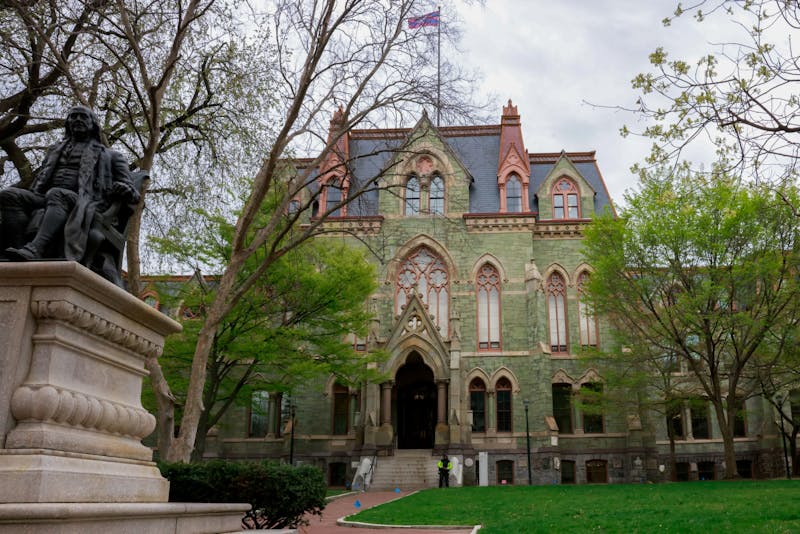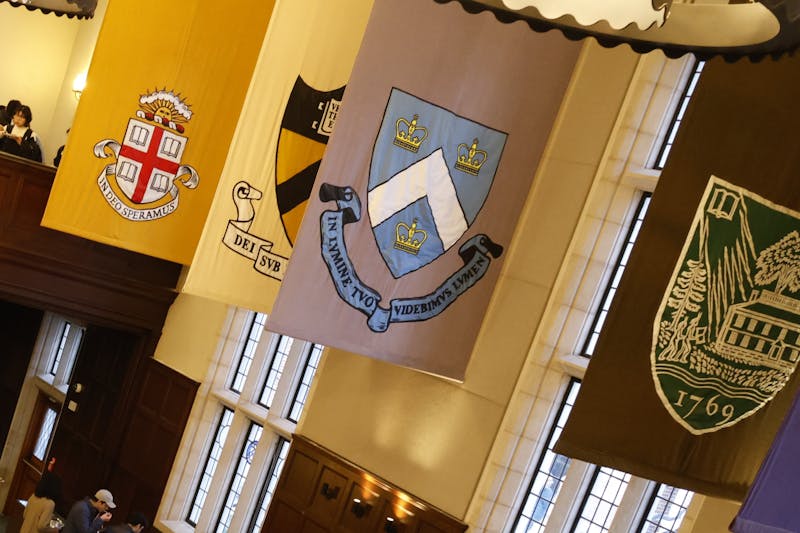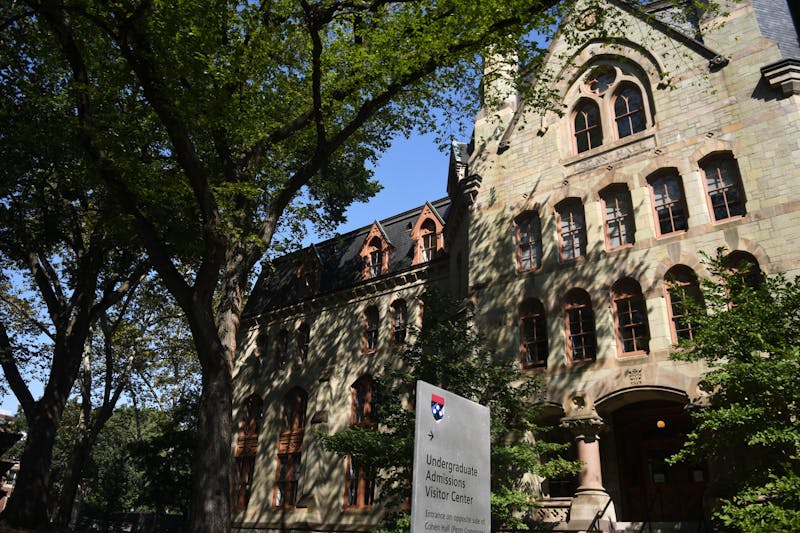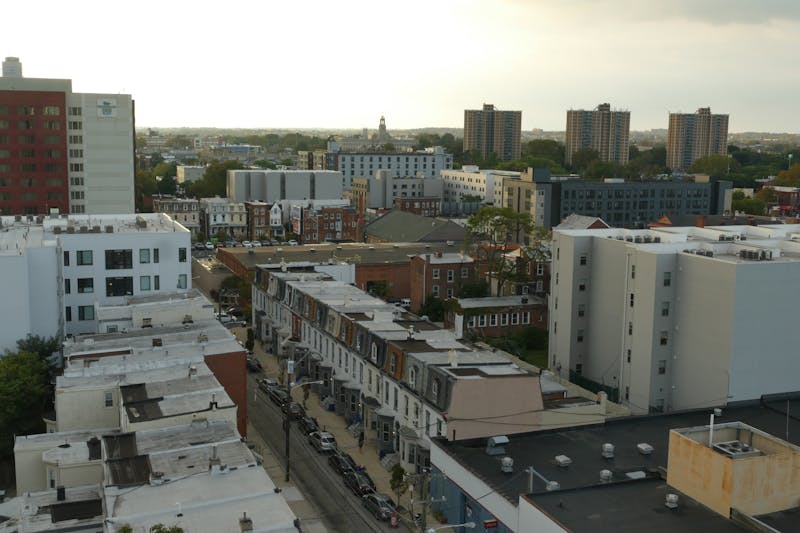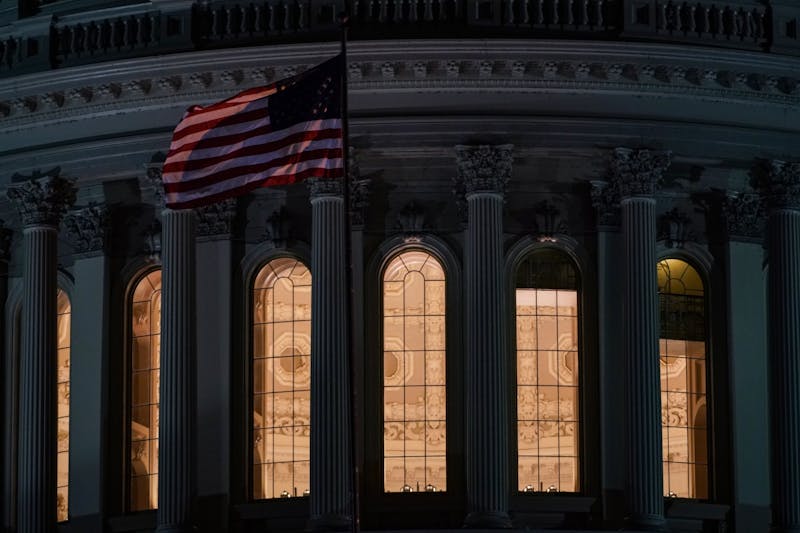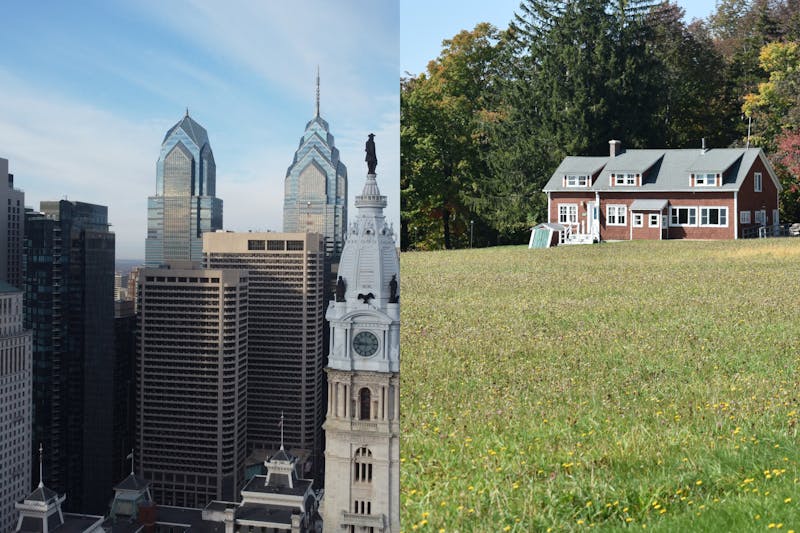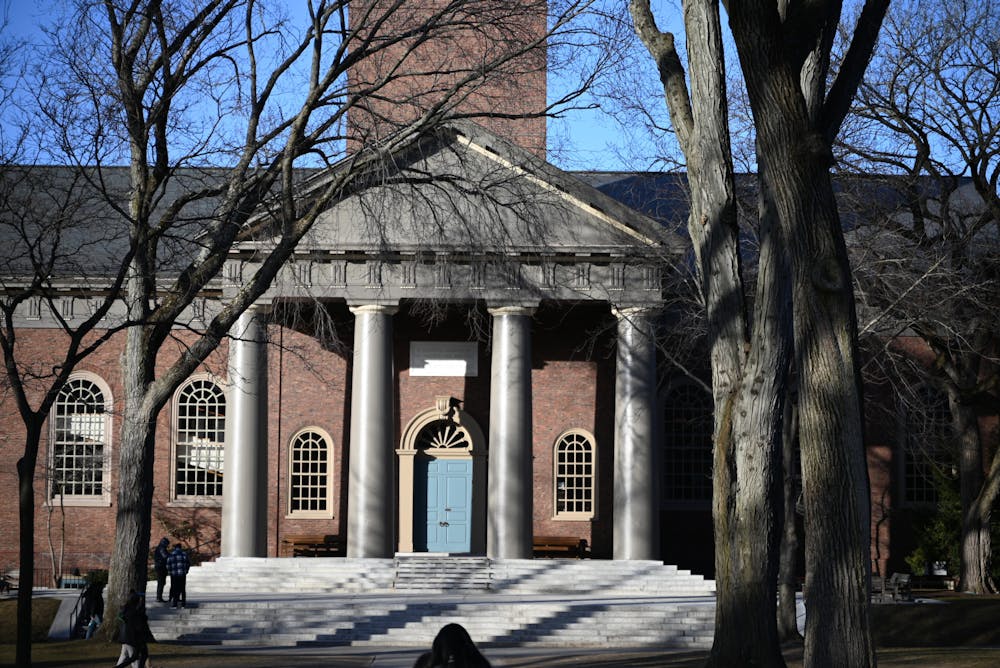
The Wall Street Journal has mastered the art of clickbait: “Sorry, Harvard. Everyone Wants to Go to College in the South Now.” The article highlights the rise in northern students enrolling in southern universities, which I’m happy to see. Being from the South, I love the region and want to see it thrive. My concern lies in how the article gravely misrepresented both the schools and students in the Ivy League and the South.
As a Mississippian, I was initially excited to come across an article about how students from across the country are starting to enroll at more southern universities. Many parts of the country misunderstand and misrepresent the South to use it as a scapegoat for this country’s social and political ills. I — mistakenly — thought that this article would be different, painting a holistic image of the South, rather than the oversimplified narrative that is often repeated throughout the media landscape. Of course, as the article explained, increased enrollment in southern universities is a positive force, especially in stimulating southern economies — which drastically lag behind other regions in the United States. But the attempt at capturing the essence of southern universities to explain this surge in enrollment is misleading.
As someone who grew up attending Southeastern Conference game days, I know firsthand the energy and excitement southern schools offer. It’s unparalleled. Especially in Mississippi and Alabama, where there are no NFL teams, supporting a college football team becomes nearly a religious rite. But there’s so much more that entails attending Ole Miss — or any of these other SEC-like schools — than just game day.
The article presents an overly simplistic view that neglects the complexities of the educational landscape in the South and the unique experiences of students of color. While the article argues that southern schools attract students looking for a “warmer climate, lower tuition, and thriving social scenes,” as well as an escape from more politically charged environments up in the North, it fails to recognize the nuanced social dynamics and persistent issues that define these institutions, especially for marginalized groups. In the same stroke, the South has always been a place for tremendous change and progress, especially in regards to the civil rights era. The idea that the South is immune to “politically charged” environments at any point in American history is wholly misleading and offensive.
The article also presents a false equivalency. The assumption that students applying to institutions like Harvard would naturally gravitate toward the University of Mississippi or similar schools overlooks the social and academic fabric of these universities. A student seeking the prestige of Harvard isn’t likely to see Ole Miss as an equivalent option, just as a student who prioritizes vibrant social life and world-class athletics might not choose Harvard. Positioning these schools as rivals is akin to comparing apples and oranges — it oversimplifies their unique strengths and vastly different institutional cultures.
Moreover, while the article suggests that tuition is a major factor, the financial aspect is also oversimplified. Out-of-state tuition at many southern schools, such as the University of Alabama or Ole Miss, is only marginally different from similarly ranked northeastern institutions. For example, out-of-state cost of attendance at the University of Alabama is around $57,000, not dramatically lower than what out-of-state students pay at public schools in the North. This makes the financial argument far less persuasive than the article implies.
Additionally, the article’s focus on greek life and #RushTok as defining aspects of southern university culture represents only a narrow slice of student life. For many students of color, particularly Black students, the rush experience is often fraught with racial dynamics that differ dramatically from that of their white peers, who may find the social scene more welcoming. There are also many other facets of social life for different students that the article fails to explore.
The article simply does not account for the experiences of many students of color, for whom southern schools may offer both opportunities for community and support. Often a statistic overlooked, the South is the region with the highest concentration of the U.S. single-race Black population. And despite this community of support and familiarity, the narrative that southern schools offer a more welcoming and less politically charged environment ignores the fact that many of these institutions are still grappling with their own racial tensions and histories of exclusion. For instance, while the article notes that southern campuses have remained “quieter” compared to northern schools that are embroiled in protests, it neglects to mention recent controversies at places like Ole Miss. Just last year, pro-Palestinian protesters were subjected to agitation and racist remarks during a Free Palestine demonstration, highlighting that southern schools are not immune to the political and social conflicts of the day.
Incidents like members of Ole Miss’ Kappa Alpha fraternity posing with guns in front of a Emmett Till memorial sign less than 10 years ago further illustrate the ongoing struggles with racism on southern campuses. While the article suggests that the South may be an attractive destination for students of color due to its higher proportion of Black students, it glosses over the historical and contemporary realities of racism that persist within these institutions. While, to be sure, there has been great progress in inclusivity, this progress in and of itself was wholly ignored by the article; the shift toward inclusion is intrinsically political. These campuses in the South have never been immune to the political realities and struggles of our time, and the Wall Street Journal mistakenly paints this as so.
Furthermore, people moving to the South aren’t necessarily leaving behind their own prejudices. In fact, I believe that many people from the “liberal” Northeast use the South as a shield to express racist or discriminatory views they feel comfortable revealing in a more conservative culture. It’s as if being in the South gives them permission to voice the things they keep quiet elsewhere, assuming that the people here will automatically agree. But the South is not a refuge for the heinous ideas they carry — nor is it a place that exists to reinforce their stereotypes. Racism is a national issue, not a regional one, and pretending that the South is the only place where such views are freely expressed does a disservice to the complexities of these universities and the people who live there.
Along this vein, the portrayal of free speech on campuses also warrants closer examination. The article implies that southern schools offer a more open environment for discourse, free from the perceived “cancel culture” of northern institutions. However, as a student at Penn, I find this assertion inconsistent with my own experience. While I am not an expert on how free speech is formally evaluated on campuses, I will say this: Just as conservative students might feel hesitant to express their views at liberal Ivy League institutions, liberal students attending Ole Miss are likely to experience similar pressures.
At Penn, despite the University’s low free speech rankings, I have never personally feared engaging in difficult conversations with my peers or professors. University of Pennsylvania Carey Law School professor Amy Wax, for example, has said incredibly inflammatory things and remains tenured. The idea that Ivy League students walk around in fear of being “canceled” lives far more vividly in the imagination of conservative politicians than in the reality of my lived experience.
Ultimately, if more students moving South means that more people are starting to love and invest in the region, I’m thrilled. The South has long been overly vilified and blamed for many of the country’s problems, and it’s refreshing to see it receive attention for its positive aspects. There’s no doubt the South is a fun place to live. But the Wall Street Journal’s attempt to pit the North against the South and paint the South as some kind of utopian refuge from political conflict is something I simply can not ignore. The South is neither the regressive hellscape nor the sorority fairytale that people tend to oversimplify it to. The reality is far more complex.
ALLISON SANTA-CRUZ is a College senior studying communications from Jackson, Miss. Her email address is allisant@sas.upenn.edu.
The Daily Pennsylvanian is an independent, student-run newspaper. Please consider making a donation to support the coverage that shapes the University. Your generosity ensures a future of strong journalism at Penn.
Donate






